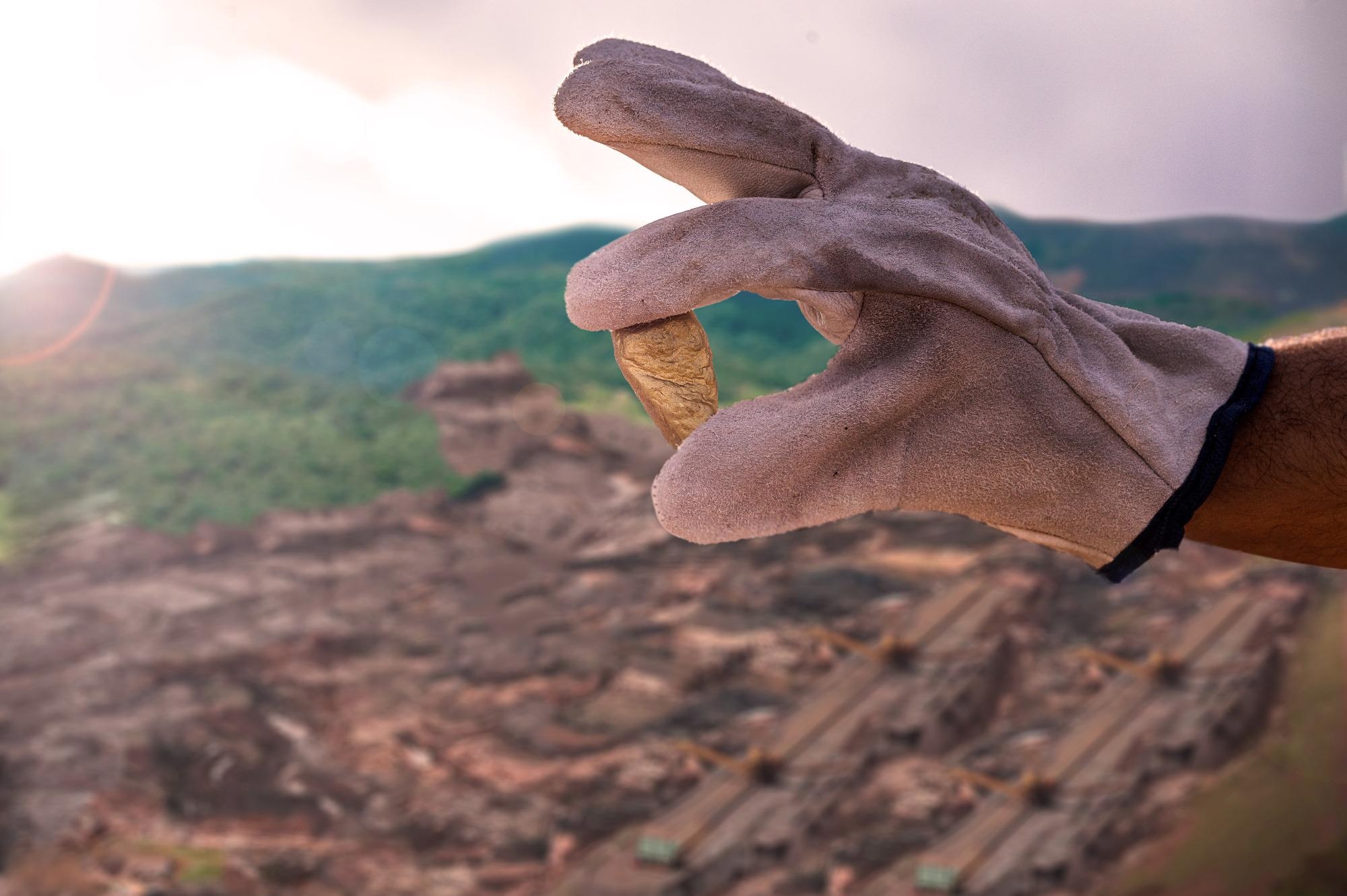Gold’n Futures Mineral Corp., a Canadian-based exploration company, reports that it has signed an agreement with GoldSpot Discoveries Corp., which is mostly known for its distinct approach to the exploration of minerals and works with major exploration and mining clients across all commodities and deposit types.

Image Credit: Shutterstock.com/ RHJPhtotoandilustration
GoldSpot employs advanced artificial intelligence and geoscientific expertise to overcome exploration challenges and notably enhance the efficiency and success rate of mineral exploration across resources.
GoldSpot is a relatively new company that has already had significant impacts on the exploration programs of its junior and large cap explorer clients. Companies such as New Found Gold Corp. and Critical Elements Lithium Corporation have benefitted from the application of GoldSpot’s cutting-edge technology and geoscientific expertise.
Stephen Wilkinson, President, Gold’n Futures Mineral Corp.
Wilkinson further added, “We are highly confident that Gold’n Futures’ Hercules exploration program can also be exceptionally successful with new high-grade targets.”
Based on the agreement, GoldSpot will execute property-wide, high-definition airborne geophysical surveys while carrying out a comprehensive four-phase program.
Phase 1: Site Visits and Geophysical Surveys
Site visits permit GoldSpot geologists to interact closely with site geologists to learn better about the regional geology and mineralization environment. Airborne geophysical surveys comprise GoldSpot’s M-PASS platform of a triaxial magnetic gradient magnetic/VLF platform. The surveys will envelop the entire 109 km2 of Hercules Property, flying roughly 1200 line-km with 100-m line spacing.
Phase 2: Data Treatment and Geological Modeling
GoldSpot will execute the following based on the raw data and the understanding obtained from Phase 1:
- Identification of exploration vectors
- Updation of geological maps
- Normalization and standardization of input data
- Reprocessing of geophysics data, normally including generation of new interpretations
- Production of geological models, for example, alteration, lithology, oxidation, overburden profiles, etc.
- Preparation of statistical analysis or preferential orientations for relevant data, for example, mineral and geochemical occurrences
Phase 3: Conventional and Machine Learning Target Generation
GoldSpot is looking to address two kinds of target delineation:
- Machine Learning Targets — Concurrent to the generation of the conventional targets, GoldSpot’s machine learning experts will start producing drill targets based on the machine learning algorithms. These are made independently with no knowledge of the conventional targets prior to their generation.
- Conventional Targets — The project geologists and geophysicists will internally analyze data in a conventional method and delineate targets they consider the most prospective, based on their understanding of the data and the mineralization of the region.
Phase 4: Final Target Generation and Presentation
GoldSpot will draft the final presentation and present all the data generated during the execution of the project. The deliverables are:
- Geological maps
- The freshly cleaned and recorded database, for example, of drilling data
- Mineralization and lithological models
- Structural interpretations and models
- Reprocessed geophysics layers and interpretations
- Exploration target areas
- A proposed exploration plan
- A final presentation, explaining work to produce the above-mentioned products
- Any other derivative products generated during the course of work
The team of geologists, geophysicists and data scientists at GoldSpot will collaborate with all their independently produced targets. The expertise of the GoldSpot team includes structural geology, geophysics, resource geology, geological mapping and geostatistics using their decades of expertise in the field.
The collaborative team is expected to combine the highest priority targets for drilling and exploration and present the data to Gold’n Futures.